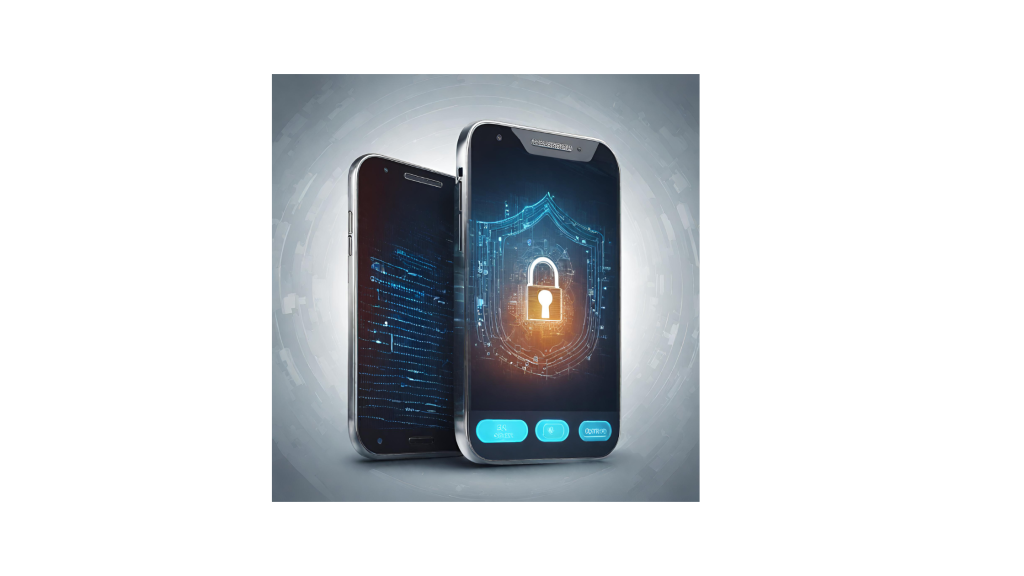The Rise of Burner Phones: Dissecting Cybersecurity Trends in Hong Kong

The Growing Cybersecurity Concerns in Hong Kong
The bustling streets of Hong Kong are witnessing a paradigm shift in cybersecurity practices. As mobile-based cyber threats loom larger, both individuals and enterprises are rethinking their strategies to protect sensitive data. One of the most compelling trends to emerge in this landscape is the adoption of ‘burner phones,’ secondary mobile devices used exclusively for handling sensitive communications. This growing practice underscores a critical response to escalating concerns about data security in the region.
This trend is not a simple fad but a response to genuine fears surrounding unauthorized access, data breaches, and exploitation by threat actors. The rising usage of burner phones reflects a broader lack of confidence in the ability of network operators to safeguard against sophisticated cyberattacks. In Hong Kong, this has become a pressing issue as lines blur between personal privacy, corporate confidentiality, and national security.
‘Burner Phones’ as a Practical Cybersecurity Shield
The adoption of burner phones marks a significant evolution in cybersecurity strategies. These secondary devices, often less sophisticated than primary smartphones, are rapidly gaining traction as an effective tool for isolating sensitive information. This approach ensures that even in high-risk environments, personal and corporate data remain insulated from potential threats. Users avoid connecting their primary devices to local network services, reducing their exposure to cyberattacks or data breaches.
Interestingly, this isn’t a trend limited to tech enthusiasts. Many businesses, local and international, are incorporating burner phones as a standard measure in their data security policies. For organizations handling sensitive client data, proprietary information, or high-stakes transactions, the practicality of separating devices offers an extra layer of protection. Beyond practicality, the trend signals a growing mistrust in local network infrastructure and a demand for greater digital safety measures.
The Broader Challenges of Mobile Network Security
Mobile network security introduces challenges distinct from conventional cybersecurity. Unlike personal devices where users can take proactive measures, mobile network threats often arise from vulnerabilities in the providers’ core infrastructure. This makes individuals and businesses dependent on the efforts of network operators to prevent data breaches, unauthorized access, and exploitative activity. As outlined by the European Union Agency for Cybersecurity (ENISA), most attacks occur at the network level, often leaving end-users with limited options for protection.
Governments and institutions around the world are beginning to acknowledge this disparity. For instance, the U.S. National Cybersecurity Strategy and Australia’s Cyber Security Strategy both stress the need for network operators and governments to proactively defend systems rather than placing the onus entirely on end-users. This global movement hints at a shared recognition: mobile cybersecurity challenges require systemic solutions, rather than patchwork efforts by individual users.
The Symbolism of the Burner Phone Trend
The increasing adoption of burner phones highlights a pivotal tension in Hong Kong’s cybersecurity environment. These simple, cost-effective devices symbolize a measure of control in an era where digital privacy feels more vulnerable than ever. For individuals and businesses grappling with the complexities of modern cybersecurity, burner phones provide a practical tool to mitigate risks. However, their rise also signals a deeper crisis of trust — a call to action for network operators, regulators, and governments to bolster protections at the network level.
Hong Kong’s cybersecurity challenges serve as a global microcosm of the urgent need for stronger, more proactive measures against cyber threats. As burner phone usage continues to grow, it raises critical questions about how network providers, policymakers, and users can collaborate to restore confidence in digital security systems. Only by addressing vulnerabilities at their roots can the looming threat of cyberattacks be truly mitigated.



